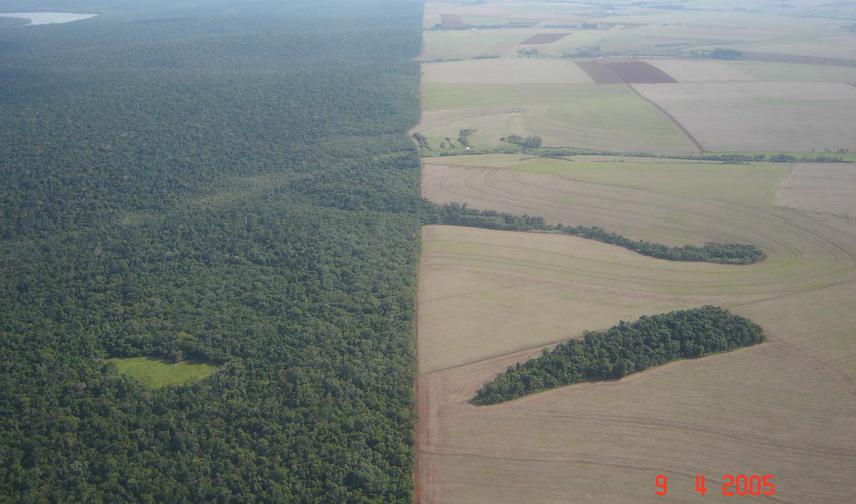Silvia Cristina Holz
Other projects
21 Jan 2002
Atlantic Forest Restoration in the Buffer Zone of Iguazu National Park, Argentina
This project is aimed to:
a- evaluate ecological and economical efficiency of different forest restoration techniques.
b- develop a model of recovery of the forest productivity based on the sustainable use of palmito (Euterpe edulis) and the yerba mate (Ilex paraguariensis). These native species represent an important economic resource for local people.
c- through the implementation of objectives 1 and 2, to restore surface areas of forests in a key sector for conservation, contributing to re-establish the connectivity among patches.

The challenge in Andresito is to stop deforestation and forest degradation, and to increase connectivity among the protected areas while increasing the living standards of local people by providing them with new sustainable economic alternatives.
The implementation of forest landscapes restorations will require the adequate legal and political framework and also the development of inexpensive methods for forest restoration as well as viable forest-friendly economic activities and benefits that will make restoration and conservation more attractive to landowners. This project is aimed to:
a- evaluate ecological and economical efficiency of different forest restoration techniques.
b- develop a model of recovery of the forest productivity based on the sustainable use of palmito (Euterpe edulis) and the yerba mate (Ilex paraguariensis). These native species represent an important economic resource for local people.
c- through the implementation of objectives 1 and 2, to restore surface areas of forests in a key sector for conservation, contributing to re-establish the connectivity among patches.
The specific objectives are:
1) To analyze the capacity of different native tree species to be used in restoration works,
2) To train local people to work in different activities involved in restoration and rehabilitation of forests.